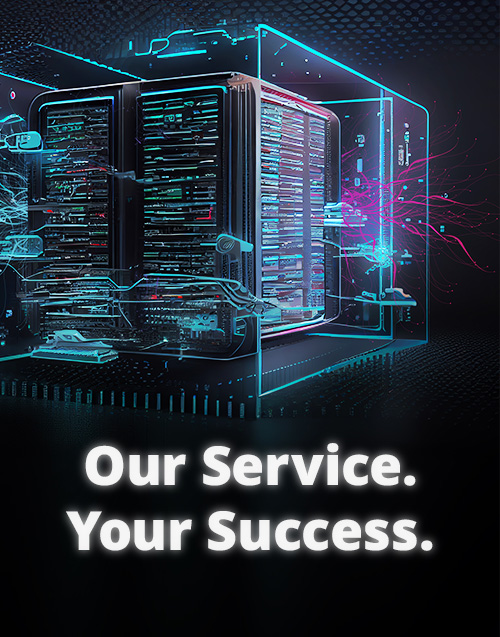Virtualization / SDDC
Virtualization / SDDC
Ensuring, administering and maintaining future-proof virtualization, high-performance hardware and holistic IT infrastructures with limited resources - at ever-increasing costs and complexity: a modern working and IT environment demands flexibility, performance and security. However, the price increases of the big players on the market are not a sustainable prospect. You need a digital virtualization and work environment without compromises, with top performance, top technologies and at top prices.
Is that not possible? Then get to know the flexible models of our DTS Desktop as a Service (DaaS), DTS Managed VM/HCI and DTS Disaster Recovery Site as a Service. Find out more now, replace unnecessarily expensive inventory and benefit from scalable Managed Virtual Desktop & Hyperconverged Infrastructure - uncomplicated, relieving, without high investments in infrastructure, licenses and specialists. Of course, this also applies to classic tier 3 infrastructures, where we can also support you with decades of expertise in infrastructure architectures!

Managed VM/HCI
IT departments are faced with the challenge of ensuring a future-proof IT infrastructure with limited resources. Particularly burdensome are the constant price increases, which are becoming unbearable for many companies. The DTS Managed VM Service offers a solution here, with DTS taking over the complete management of the HCI environment. This allows you to benefit from a scalable solution without high investments in infrastructure, licenses and specialists. This enables better cost efficiency and more resources for innovation.

Desktop as a Service
Companies today are faced with the challenge of having to provide ever more powerful hardware and maintain it continuously. The costs for acquisition, maintenance and administration are rising, while the complexity of the IT infrastructure is also constantly increasing. In addition, the modern working world demands flexibility: employees should be able to access their working environment from any location and across all devices without having to compromise on security and performance. With DTS Desktop as a Service (DaaS), we provide you with your digital working environment quickly, easily and in accordance with the latest security standards.

Downloads & data sheets

Let's have a talk!
Get free and easy advice.





































